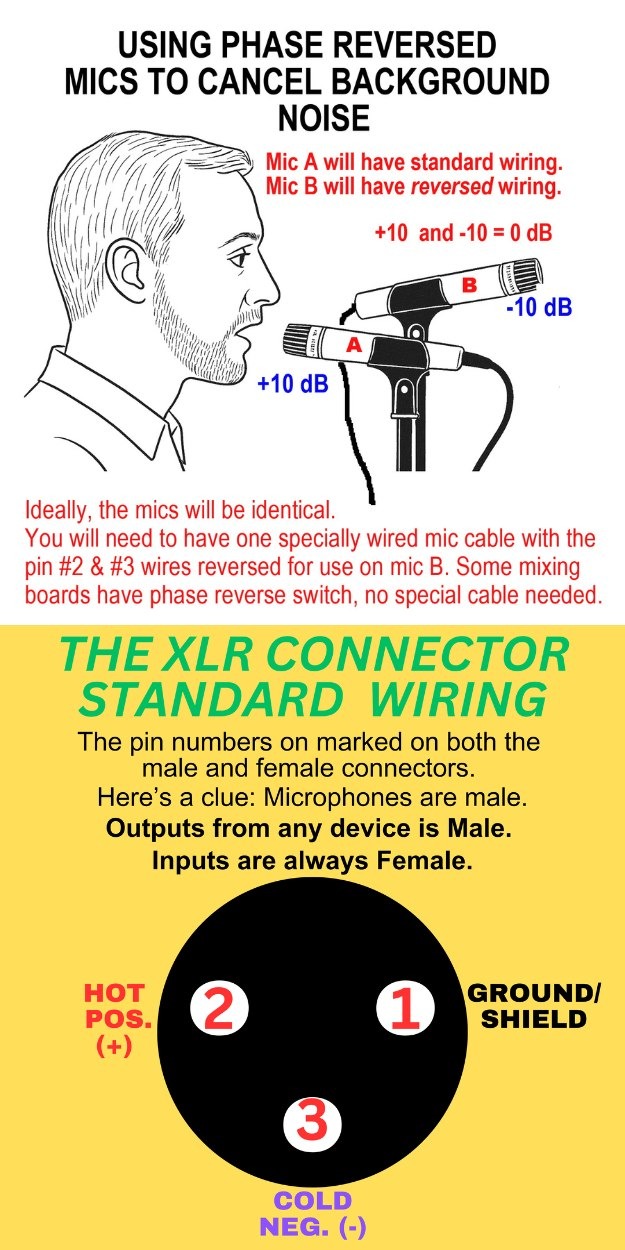The Crowd Is Too Loud
When the lead singer's mic is picking up way too much crowd noise (or stage noise) try resorting to an old sportscaster's trick!
Barney Conway
11/15/20251 min read
Phase Reversal: The Audio Engineering Trick That Silences Crowd Noise
Intro
Have you ever listened to a sportscaster calling a basketball game right beside the roaring fans? Despite the yelling, clapping, and booing, you can still hear every word clearly. That’s not magic—it’s audio engineering. The secret is a technique called phase reversal.
What Is Phase Reversal?
Phase reversal is a microphone setup that cancels out unwanted background noise while keeping the announcer or singer’s voice front and center. Here’s how it works:
Primary microphone (Mic A): Positioned close to the announcer’s mouth.
Secondary microphone (Mic B): Placed 8–10 inches away, wired out of phase with Mic A.
Result: Both mics pick up the crowd equally, but only Mic A captures the announcer’s voice directly. When combined, the crowd noise cancels itself out.
The Math Behind It
Think of it in decibels:
Crowd noise enters both mics at +10 dB.
The secondary mic flips the signal to –10 dB.
When combined, +10 and –10 equal 0 dB—effectively silencing the crowd.
Meanwhile, Mic A still delivers the announcer’s voice, clean and clear.
How to Use Phase Reversal
Live broadcast: Feed both mics into the same channel. Start with Mic A, then slowly raise the fader on Mic B until the crowd fades away.
Studio mixdown: You can introduce the secondary signal anywhere in the mix. It’s not as powerful as live use, but still effective.
Pro Tip
If you build a special cable for the secondary mic, label it clearly. You don’t want phase reversal kicking in when it’s not needed.


Contact
Questions? Reach out anytime!
hello@theproducerstracks.com
© 2025. All rights reserved.